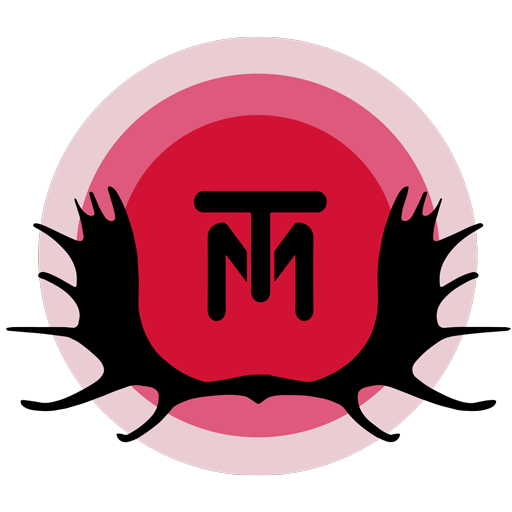Introduction
This is a post about a simple technique to add a correlation id in the django logs, when using structlog.
What do you need to install?
This post is assuming that you have the following already setup:
Add the following dependencies to your project:
poetry add django-structlog django-guid
How to configure the logging with correlation id
Both django-structlog and django-guid can be used as django middlewares. Basically, they hook into the request/response processing.
There are a few things that you need to set up.
1. Configure your installed apps
In your django settings, update your list of installed apps:
INSTALLED_APPS = [
# more apps here ...
"django_structlog",
"django_guid",
]
2. Configure your middlewares
Add the middlewares to your existing middleware configuration:
MIDDLEWARE = [
# more middlewares here ...
"django_guid.middleware.guid_middleware",
"django_structlog.middlewares.RequestMiddleware",
]
3. Configure django-guid
Add the following configuration for the django-guid:
DJANGO_GUID = {
"GUID_HEADER_NAME": "X-Correlation-ID",
...
"INTEGRATIONS": [
CeleryIntegration(
use_django_logging=True,
log_parent=True,
)
],
}
Those are some basic settings for the django-guid library. Things to note here:
- when set in a request, the
X-Correlation-IDheader will be used to set aguidin the context of that request - the library supports passing the
guidthat exists in the context to a celery task and celery sub-task
With these sort of settings you have the ability to benefit from having a guid in the context by simply
setting the X-Correlation-ID header. If it's not set, the library will generate a guid for you.
4. Setup your logging with django-structlog
At the very minimum, you will have something like this in your settings:
import structlog
LOGGING = {
"version": 1,
"disable_existing_loggers": False,
"formatters": {
# let's assume you want your logs to be in json
"json_formatter": {
"()": structlog.stdlib.ProcessorFormatter,
"processor": structlog.processors.JSONRenderer(),
},
},
"handlers": {
# just a console handler for now
"console": {
"class": "logging.StreamHandler",
"formatter": "json_formatter",
},
},
"loggers": {
# you will most likely have more loggers here
"django_structlog": {
"level": "INFO",
},
},
}
You will also have some structlog processors configured:
structlog.configure(
processors=[
structlog.contextvars.merge_contextvars,
structlog.processors.TimeStamper(fmt="iso"),
# loads more processors here, whatever you choose to expose in logs
],
...
)
5. Create a structlog processor and update your structlog processor list
So you have a basic logging and structlog configuration above, and you have the ability to set a guid in the context of
your requests that gets passed down to celery tasks for example, or other requests.
Let's expose this in the logs by creating a processor and adding it to your list.
Create a simple processor:
from django_guid import get_guid
def add_correlation_id_processor(logger: logging.Logger, method_name, event_dict):
# Adds the contextual guid populated by the django-guid into your json log
event_dict["correlation_id"] = get_guid()
return event_dict
Add the processor to your list of processors in your django settings:
structlog.configure(
processors=[
...
add_correlation_id_processor,
...
],
...
)
And that's it! Next time you do a request with the X-Correlation-ID header set, the correlation_id will appear in your logs.
Your request log for example will look something like this:
{
"request": "GET some/url",
"correlation_id": "<some-guid-you-generated>",
...
}
Any logs you will generate in the context of that request, including any celery logs for tasks you will invoke, will contain
the correlation_id.
If for some reason you need to reset the correlation id, just use the django_guid.set_guid functionality, this will
reset the context and the following log statements in that context will be updated.
Summary
By using django-structlog processors in combination with the contextual guid that can be retrieved using django-guid.get_guid
you can easily add a correlation id that can be very useful, especially when you want to track an entire process, that
might include celery tasks.
